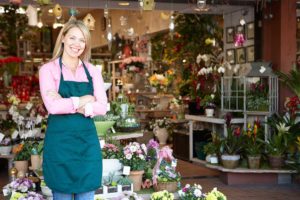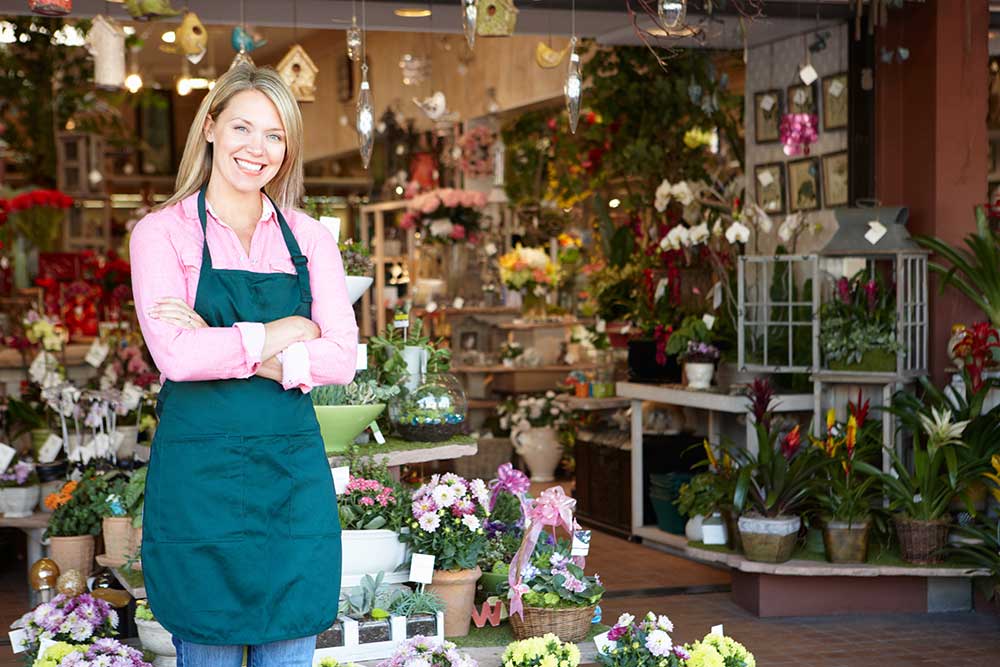Disclaimer: The information on our website is provided for general information purposes only. We make no representations or warranties of any kind, express or implied, about the completeness, accuracy, reliability, suitability or availability with respect to the website or the information contained on our website for any purpose. Any reliance on such information is therefore strictly at your own risk and we are not liable for any damages or losses arising out of or resulting from your reliance on any information contained on our website.
A floral designer uses their creativity for flower design and make arrangements that suit the needs of their customer. Additionally, they use their knowledge of flower variety to assemble dried or silk flowers in an attractive display. A floral designer is also most often referred to as a florist. Watch a video to learn what a floral designer does.
How to Become a Floral Designer

A floral designer can get their start in this career field with only a high school diploma. However, programs in caring techniques and floral design are offered through community colleges, vocational schools, or private floral schools. Courses in advertising, plant and flower identification, floral design, and business are offered in these schools. Many schools provide experience working in greenhouses as part of the curriculum as well. Upon completion of one of these schools, a diploma or certificate is usually given.
For a new floral designer, experience is most often gained on-the-job under an experienced florist. However, it is possible to obtain a Certified Floral Designer credential offered by The American Institute of Floral Designers.
Job Description of a Floral Designer
Floral designers use their creative ability, combined with their knowledge of flower varieties, to provide attractive arrangements. The life expectancy of cut flowers, understanding their properties, delicacies, and toxic threat to animals should be known. A floral designer would also either grows or order flowers and greenery from wholesalers. They would also process newly delivered flowers by stripping leaves that are below the water line and place flowers in a cool display case to give flowers a longer life and freshness.
Floral designers mix flower food solutions and maintain clean and sanitary workspaces. They educate the customer on care instructions for the flowers, such as room temperature and watering. Additionally, a floral designer often works with event planners and interior designers. They may even supply daily, weekly, or monthly flower arrangements to businesses or individuals. Along with creativity, a florist also needs to provide great customer service and have organizational skills.
Florist Career Video Transcript
Flowers and floral arrangements are a beautiful way to mark any occasion, from a first date to a funeral, or even a parade float. Floral designers provide the creative force to turn petals and stems into a celebration. Also called florists, floral designers cut and arrange live, dried, and silk flowers and greenery to make decorative displays. They also help customers select flowers, containers, ribbons, and other accessories. Using their sense of artistry and specialized knowledge of flower properties and arrangements, florists choose the appropriate flowers for each occasion and advise customers on how to properly care for them.
Many floral designers work full-time, although their hours may vary. A large number of florists are self-employed. Stand-alone shops operate during regular business hours but floral departments within grocery stores and shopping malls may stay open longer. Around holidays, florists are at their busiest. Because freshly cut flowers are perishable, most orders cannot be made in advance, so designers often work additional hours just before and during holidays. Floral designers generally have a high school diploma or equivalent and learn their skills on-the-job. There are floral design programs at private floral schools, technical schools, and community colleges.
Article Citations
Bureau of Labor Statistics, U.S. Department of Labor, Occupational Outlook Handbook, Floral Designers.
National Center for O*NET Development. 27-1023.00. O*NET OnLine.
The career video is in the public domain from the U. S. Department of Labor, Employment and Training Administration.

